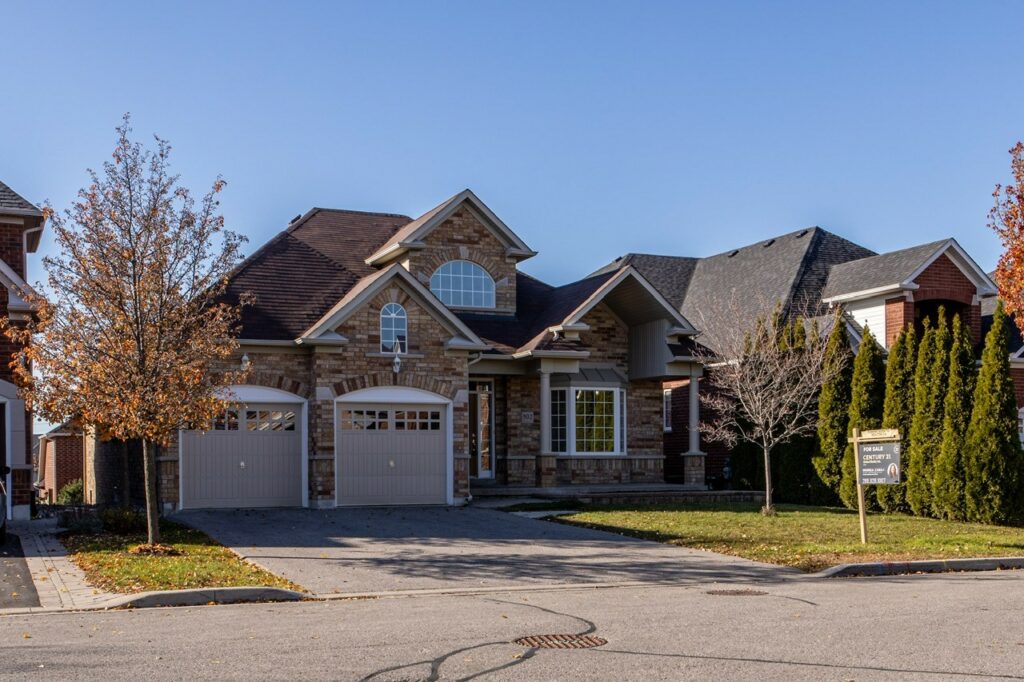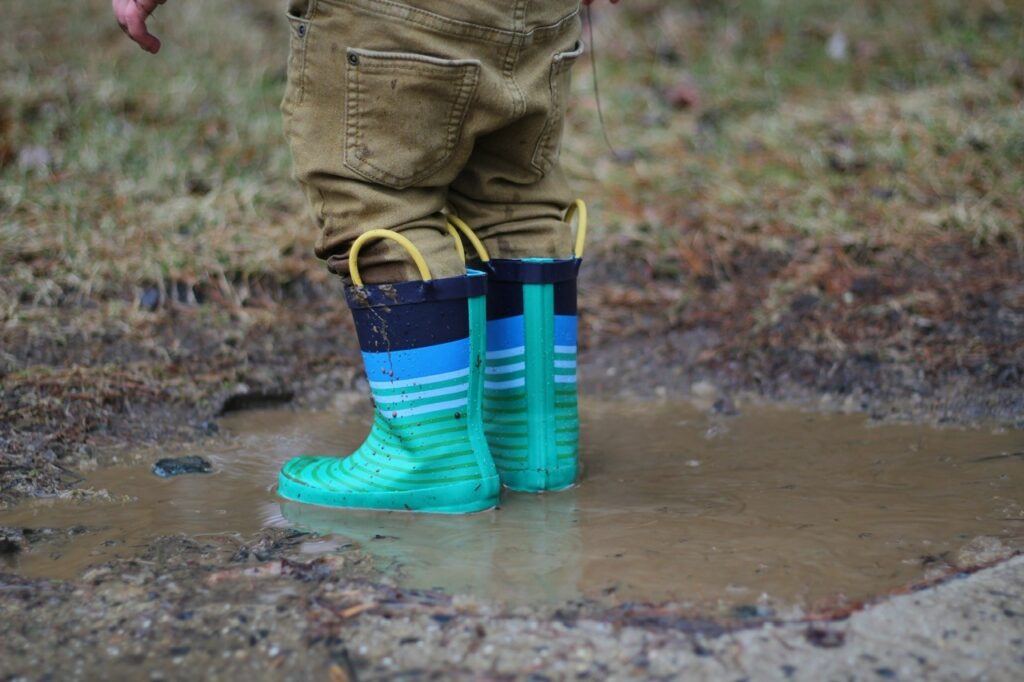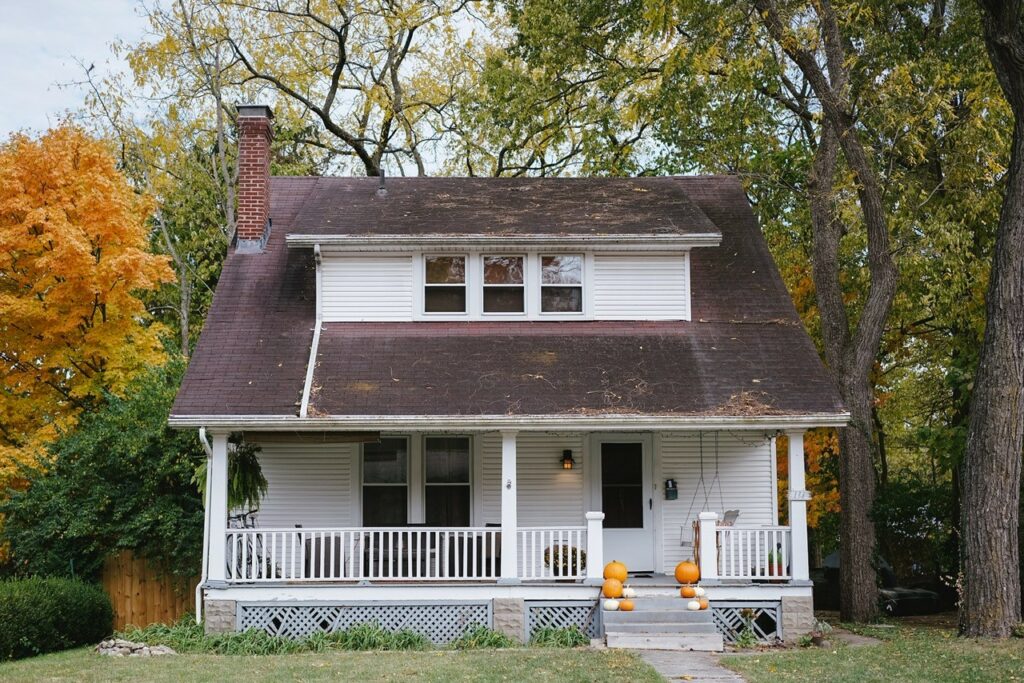
When most people begin listing out their must haves for a new home, they are likely to consider important items like the number of bedrooms in the home, how much closet space they will need, and especially if they have kids and pets, the size of the backyard. They more than likely are not thinking about things like what material was used for the pipes when the house was built, and whether or not there have ever been any leaks in the basement. You also can’t necessarily rely on your home inspection alone to give you the full story and history of the plumbing system for the house you are hoping to purchase. This means that some of the sleuthing may be up to you! Snooping around a home’s plumbing may not sound like a normal part of the home-buying process, but you shouldn’t ignore this aspect of your home research. Common plumbing system problems like leaks, water heater issues and the necessary replacement of lead pipes can end up costing you a lot of money, so it’s worth the time and trouble to find out everything you can about your potential new home’s pipes. Here are a few things you should be looking for and asking about before you finalize your purchase.
Look for Evidence of Leaks

Sure you could ask if the house has had any leaks, but this isn’t information that the seller will usually be all that happy to offer up. You also can’t assume that leaks will occur only near pipes, kitchens and bathrooms. Plumbing leaks don’t always show up where the pipe problem originates because water will travel wherever gravity takes it. Here are some of the telltale signs of leaks that you should be on the lookout for, all throughout the house you are considering purchasing:
- The sound of water running even when it isn’t. If you and your agent are the only ones inside the home, you have no reason to expect faucets to be running or toilets to be recently flushed. If you hear water moving through the pipes in the walls anyway, this is a sign of a potential problem.
- Foul odors coming from the floor or walls of the home. When the material inside of a home’s walls becomes saturated with water, you may notice an unpleasant smell coming from the area where the water has pooled up.
- Foundation cracks. Check out the floor of the garage, basement and anywhere else on the lowest levels of the house that may have exposed flooring. If you see cracks in the floor or running up a wall, this could be settling caused by water damage.
- Spongy areas in the yard, or standing water or mud when there has not been a recent rain. The signs of a leak may not even show up inside the house. Pipes can also leak into the ground around your home, which can lead to foundation issues for your house over time. Aside from these structural concerns, a yard that doesn’t drain properly can be a huge headache for your lawn care routine and be unpleasant if you have kids and dogs playing in the new backyard you just purchased.
- A water meter running when water inside the home is not. Make sure no water sources in the house are on, then check the water meter to see if it is still registering water moving in the lines. If so, there’s likely a leak somewhere in or around the house.
- An increase in water bills over time, with no seasonal pattern. You might be surprised to find out that this information can be made available to you. Simply ask your agent to obtain the water bill amounts for the property you are looking at for the past 12 months. See if the overall amount has increased without a possible explanation such as sprinklers running in the summer. An unexplained increase in water usage could indicate leaks.
Are You Dealing with Lead Pipes?

There are several materials a home’s pipes could be made of, and it often depends on when the house was built. Some of these materials are much more desired than others. The main material you need to be concerned with the most is lead. This is an issue you will not need to worry about with most of the houses you look at, unless you find yourself looking at historical properties. If so you need to be aware of the possibility that lead pipes could still be present in the houses you are looking at. Specifically, if a house was built prior to 1930, there is a significant chance that it’s pipes are made of lead. Lead pipes are dangerous because the lead can leach into the water running into the house, and into the local sewage system. Numerous studies have shown how dangerous this situation is – lead exposure can cause neurological problems in adults and perhaps more concerningly, can lead to delayed or stunted brain development in children. This is why lead pipes were phased out of home construction in the 1930s.
How can you tell on your own if the pipes in an older home are made of lead? Take a look at the pipes – if they are dull gray in color, it is highly likely that they are made of lead. You can also test if pipes are made of lead by grabbing a key or other small metal object and scratching lightly on the outside of the pipe. Lead pipes can easily be visibly scratched in this way. The only safe way to remedy the situation if a house has lead pipes is to replace them with modern plumbing supplies, an expense project you will have to tackle if you purchase the home. You can also look for signs that the water in the home has been contaminated, which means you will need to have it professionally tested. Tap water that has lead in it is still colorless, odorless, and tasteless, so you won’t be able to find out with an untrained eye. Potential signs that tap water contains lead include rust stained sinks, an indication of frequent links, and corrosion of pipe joints.
Other Materials with Concerns
When lead pipes were phased out of home construction around 1930, they were largely replaced with galvanized steel, which became the new favorite material for residential plumbing. Unfortunately, over time steel pipes proved to be much more vulnerable to internal corrosion and rusting than their lead predecessors. Steel pipes have a high incidence of rupture, which can cause expensive water damage to the structure of the house and its contents. Because of this, experts recommend that if you find a home you would like to purchase and you find that it still contains steel pipes, that you calculate the cost of re-piping the house and use this amount as a part of any offer or negotiation.
By far the majority of homes you will be looking at are piped with copper, which has been the standard for several decades. Copper pipes are highly resistant to corrosion and have the durability to withstand decades of wear – in fact, most are guaranteed for 50 years. These pipes are also used as an example of eco-friendliness, because copper is a highly recyclable metal. Old copper pipes are frequently used for industrial machinery, rather than ending up in a landfill. That doesn’t mean that copper pipes are perfect in every scenario – they do come with certain issues when it comes to some houses. Copper pipes are more susceptible to freezing than other materials. This isn’t a frequent concern in the Atlanta area, but it means you need to be diligent about dripping your faucets when temperatures do drop below freezing periodically throughout the winter. Acidic water can also be harder on copper pipes than other materials. Water can naturally turn acidic simply due to the amount of plant material decomposing into the local water system. Over time the acid in the water an cause corrosion, resulting in small fissures and leaks.
Check the Water Heater

The average lifespan of a traditional tank-style water heater is 10 years. If you are looking at a house that is older than 10 years, ask when the water heater was replaced. If it has never been replaced, you should be prepared for the water heater to have issues or even fail on you shortly after you buy the home. For any water heaters older than seven years, you may want to ask the homeowner to either replace it themselves as part of the purchase agreement. Tankless water heaters usually last a good bit longer, but you should consider requesting replacement for any tankless model that is older than twenty years. Another thing you need to consider when it comes to the water heater is location. Would there be a significant amount of damage if the water heater were to leak? Think about the carpet, hardwood and drywall that could be affected if the unit were to malfunction. If so, inquire about the feasibility of the relocating the appliance.

